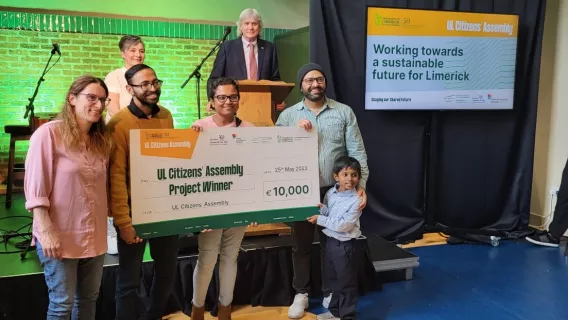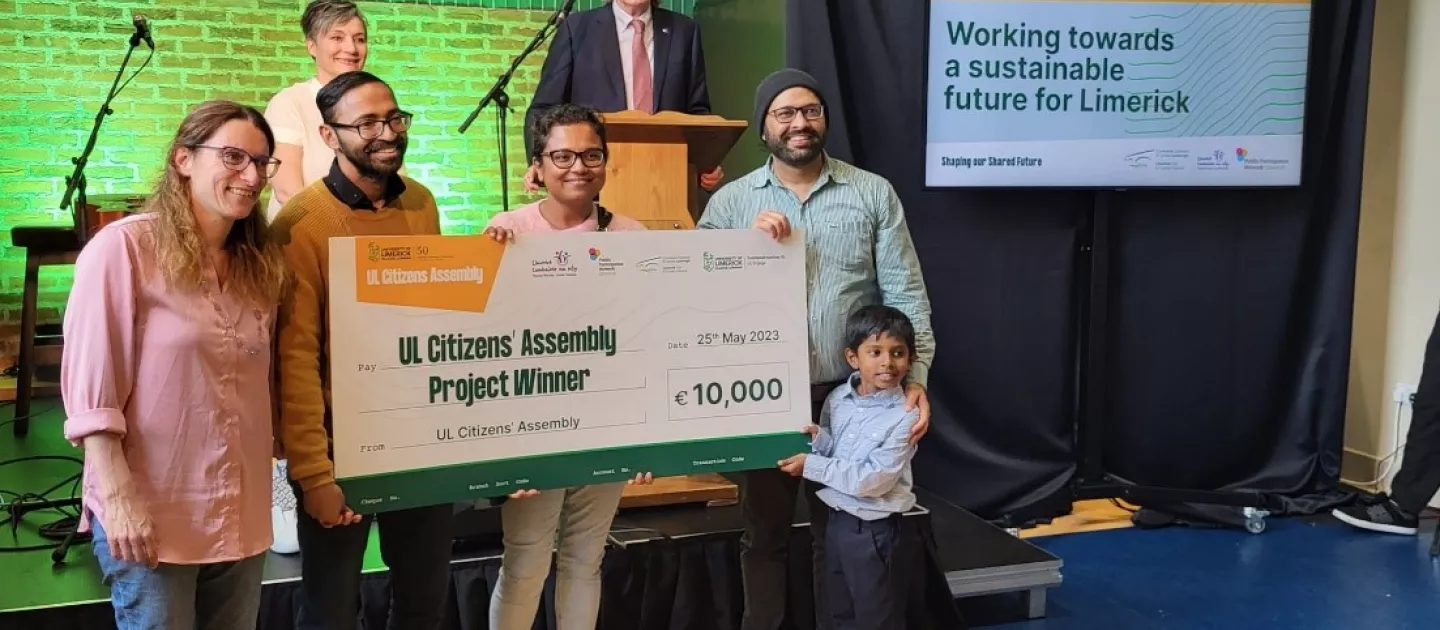The widespread usage of plastics has raised significant concerns regarding the proliferation of microplastic pollution in organisms, including edible crops and vegetables. Microplastics encompass a range of sizes, spanning from nanometers to the size of a rice grain. The primary sources of microplastic pollution stem from the process and textile industries, and various other contributors such as cosmetics. Macroplastics undergo fragmentation, resulting in the formation of microplastics, which subsequently enter freshwater systems and eventually make their way into larger water bodies, such as lakes, rivers, and oceans. Notably, microplastic pollution has even reached polar regions, underscoring the urgent need to develop identification techniques to assess the type and quantity of microplastics present in different water sources.
The proposed research project aims to investigate the constituents of microplastics responsible for inducing oxidative stress, DNA damage, inflammation, and other health-related issues. Advanced scanning electron microscope (SEM) technology, combined with artificial intelligence (AI) or machine learning models, will be used to quantify the presence of microplastics in Irish soil and water samples. This analysis will provide valuable insights for the establishment of guidelines to minimize microplastic contamination, aligning with the UN Sustainable Development Goal to "conserve and sustainably use the oceans, seas, and marine resources for sustainable development." Through this study, a comprehensive understanding of the underlying mechanisms of microplastic pollution may prevent associated adverse effects and health ailments.
The project will be developed in three different stages:
-
Sample collection from the Shannon River (initially only inside of UL)
-
Characterization of the morphology and composition of the microplastic using SEM, Raman, and FTIR
Development of a machine-learning-based model to identify and quantity microplastics (to reduce future experimental work)

Figure 1: Left to right: Dr. Michela Ottaviani (Lecturer, Department of Physics UL), Dr. Amit Haldare (Lecturer, Department of Mechanical and Automobile Engineering TUS), Dr.Anita Chatterjee (Medical Doctor) and Dr. Mehakpreet Sing (Lecturer, Department of Mathematics and Statistics UL)
Thanks to the strong collaboration between the Department of Physics and primary schools in Limerick and County Limerick (facilitated by the SOPHia project) a well-established network has been formed. In this project, several primary schools in both Limerick city and county will be carefully selected. The participation of students from these schools will be sought to assist in the collection of river samples. This collaborative effort leverages the existing connections between academia and local educational institutions, fostering community involvement and empowering young learners to actively contribute to the collection of valuable data regarding microplastic pollution. This project will lead to a fruitful collaboration between the UL Department of Physics, the UL Department of Mathematics and Statistics, and the Department of Mechanical Engineering at TUS Moylish Campus.
Taking the initial step to address the issue of microplastic pollution in river water could significantly influence the future policies of the local administration of County Limerick. Moreover, this research has long-term implications for national guidelines in Ireland. This proactive action holds the potential to shape and guide decision-making processes, establishing a precedent for effective strategies in tackling microplastic pollution not only at the local level but also on a broader scale throughout the country.
